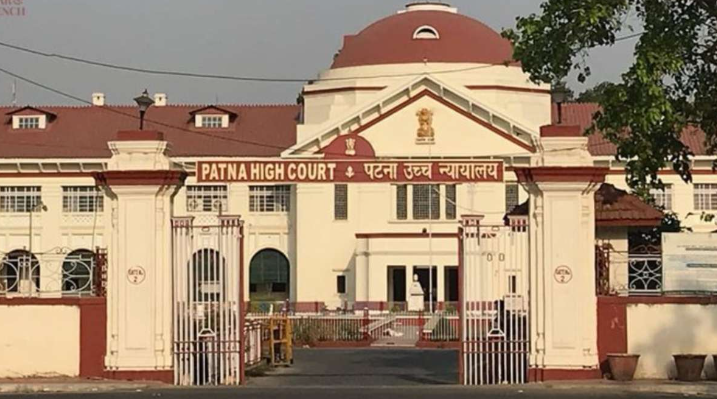Quotas and Equity (GS Paper 2, Polity & Governance)

Introduction
- The recent ruling by the Patna High Court, striking down the Bihar government's decision to raise the reservation cap from 50% to 65%, has sparked a significant debate.
- This decision not only affects Bihar but also sets a precedent for other states considering similar measures.
What was the Case About?
- The Nitish Kumar government aimed to increase the reservation ceiling in employment and educational institutions based on the Bihar Survey Caste Report.
- The report highlighted that OBC, EBC, SC, and ST communities constitute approximately 85% of Bihar's population.
- However, the High Court's two-judge bench opposed this increase, arguing that the state relied solely on population percentages rather than considering the actual representation of these groups in government services and educational institutions.
- The verdict aligns with the judiciary's consistent stance on maintaining the 50% reservation ceiling.
The 50% Ceiling and the Yearn for More Reservation Quota
- In 2022, the Supreme Court's five-judge bench upheld the EWS quota, stating that the 50% cap applies only to SC, ST, and OBC communities.
- The apex court is currently reviewing challenges to this quota ceiling. Simultaneously, political parties, notably Congress, have advocated for raising the reservation limit.
- The Bihar government has suggested including the enhanced quota cap in the Ninth Schedule to bypass legal challenges.
- However, addressing entrenched inequalities requires a multi-faceted approach beyond merely extending reservations.
- The political class must adopt creative and comprehensive strategies to tackle this issue effectively.
Bihar’s Improvement in Social Indicators and the Long Gap to Bridge
- Over the past two decades, Bihar has made notable strides in both economic and socio-economic indicators.
- The state's economy has grown faster than the national average, and the government's efforts have improved welfare indicators such as life expectancy, infant mortality, sex ratio at birth, access to drinking water, sanitation, and electricity.
- Despite these improvements, Bihar remains among the poorest states in terms of per capita income, with the average person earning about a third of the national average.
- According to the 2021 NITI Aayog’s Multidimensional Poverty Index, 51% of Bihar’s population lives in poverty, the highest among all states.
- Additionally, Bihar has the highest fertility rate in the country and a significant outmigration rate for low-paying jobs.
The Challenge for the Administration in Bihar
- Approximately 50% of Bihar’s workforce is engaged in agriculture, which contributes less than 25% to the state's GDP.
- The primary challenge for the state, as in many other parts of the country, is to reduce dependence on agriculture by attracting investments in more productive sectors.
- Enhancing the educational system, addressing skill deficits, and lowering Bihar's fertility rate to the national average are crucial steps.
- The Nitish Kumar government must focus on marginalized and deprived communities to ensure inclusive growth.
Conclusion
- The Patna High Court’s verdict should prompt a broader discussion on more comprehensive approaches to addressing historical inequalities.
- Extending reservations alone is insufficient.
- Despite significant progress in economic and social development, Bihar continues to struggle with high poverty rates, low income levels, and a large under-educated population.
- The government must prioritize uplifting marginalized communities to achieve a more equitable future.


